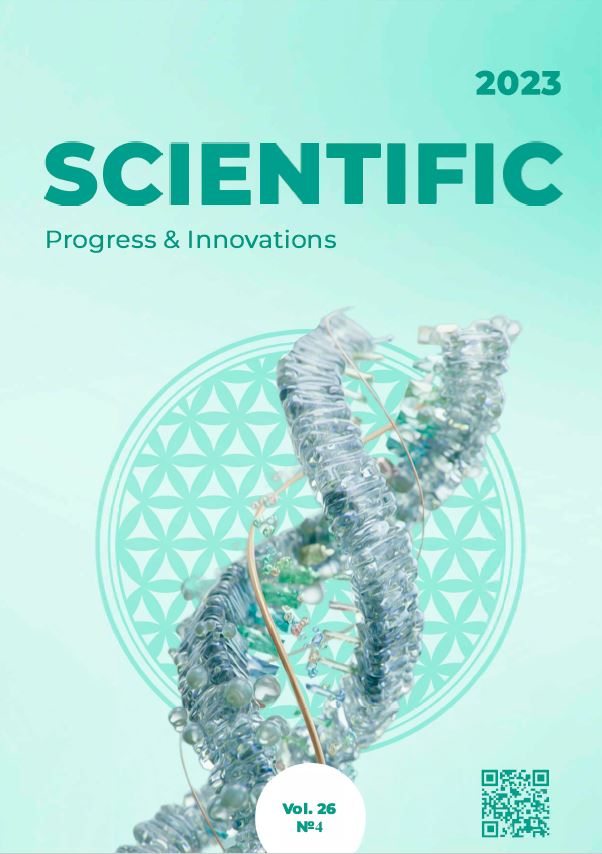Informativeness of X-ray examinations for toxocariasic invasion in dogs
DOI:
https://doi.org/10.31210/spi2023.26.04.21Keywords:
toxocariasis, dogs, X-ray diagnostics, effectiveness, informativenessAbstract
The article focuses on the problems of X-ray examination for toxocariasis in dogs and cats as an additional instrumental method of lifelong diagnosis of infestation. Toxocariasis is a helminthiasis that infects more than 100 million dogs and about a billion people. Instrumental diagnostics allows to identify and comprehensively assess the degree of severity of the disease, including invasive ones. The work was performed in the conditions of a private veterinary clinic in the city of Poltava and on the basis of the Parasitology Laboratory of the Poltava State Agrarian University. The purpose of the work was to establish the informativeness of the use of X-ray diagnostics for toxocariasic infestation in dogs. According to the results of X-ray examinations, certain changes were established in both the thoracic and abdominal cavities of the body, the severity of which depended on the age of the infested animals. In older age groups of dogs, a higher percentage of toxocariasis had changes in the respiratory organs. Thus, an increase in the interstitial pattern in the lungs was found in 100 % of dogs aged 7–12 years, and signs of an increase in the vascular pattern in the lungs were found in 70 % of infected dogs aged 1 to 12 years. Intensification of the bronchial pattern and displacement of the anatomical borders of the mediastinum were radiologically determined, respectively, in 60 and 70 % of dogs aged 1 to 7 years and in 70 and 80% of dogs aged 7 to 12 years. Also, 80 % of dogs aged 7–12 years have calcification of tracheal rings. Changes in the digestive organs were more often diagnosed in young children. Thus, stomach enlargement and intestinal pneumatosis are found in 80 and 70 % of dogs aged 2 to 12 months. Peribronchial infiltration, thickening of the bronchial walls, and calcification of the bronchial wall were found only in dogs older than 1 year, where the percentage of cases ranged from 10 to 30 %. The obtained research results indicate the importance of conducting X-ray studies as an additional method of diagnosing toxocariasis in dogs and establishing the severity of its course. This will make it possible to comprehensively understand the animal's clinical condition, avoid serious complications and carry out treatment more effectively.

 Creative Commons Attribution 4.0 International Licens
Creative Commons Attribution 4.0 International Licens